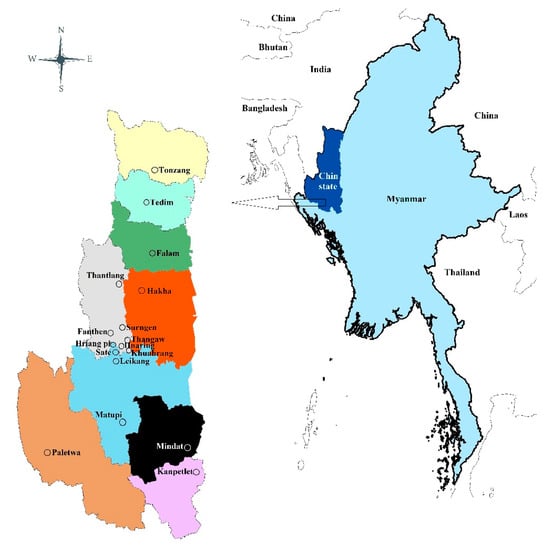Authors: Tial C. Ling, Angkhana Inta, Kate E. Armstrong, Damon P. Little,Pimonrat Tiansawat,Yong-Ping Yang, Patcharin Phokasem, Za Khai Tuang, Chainarong Sinpoo, Terd Disayathanoowat;
Traditional knowledge of the plants used for textile dyeing is disappearing due to the utilization of synthetic dyes. Recently, natural products made from plants have gained global interest. Thus, preserving traditional knowledge of textile dyeing plants is crucial. Here, we documented this knowledge by interviewing 2070 informants from 14 communities of the Chin ethnic group of Myanmar. The Chin communities we interviewed used a total of 32 plant species for textile dyeing from 29 genera in 24 families. Chromolaena odorata, Lithocarpus fenestratus, and L. pachyphyllus were the most important dye species. The most common responses described dyes that were red in color, produced from leaves, derived from tree species, collected from the wild, and used as firewood ash as a mordant to fix the dye to the fabrics. According to the IUCN Red List of threatened species, one species was registered as Data Deficient, 20 species still needed to be categorized, and 11 species were categorized as Least Concern. This study will help re-establish the use of natural dyes, encourage the cultural integrity of the indigenous people, and serve as an example for other communities to preserve their traditional knowledge of plant textile dyes.
Textile: Material made from fibers and yarns, originally referring to woven fabrics. Now encompasses a wide range of products including knitted, tufted, and non-woven materials used in clothing, home furnishings, and industrial applications.
Read the full article here.
